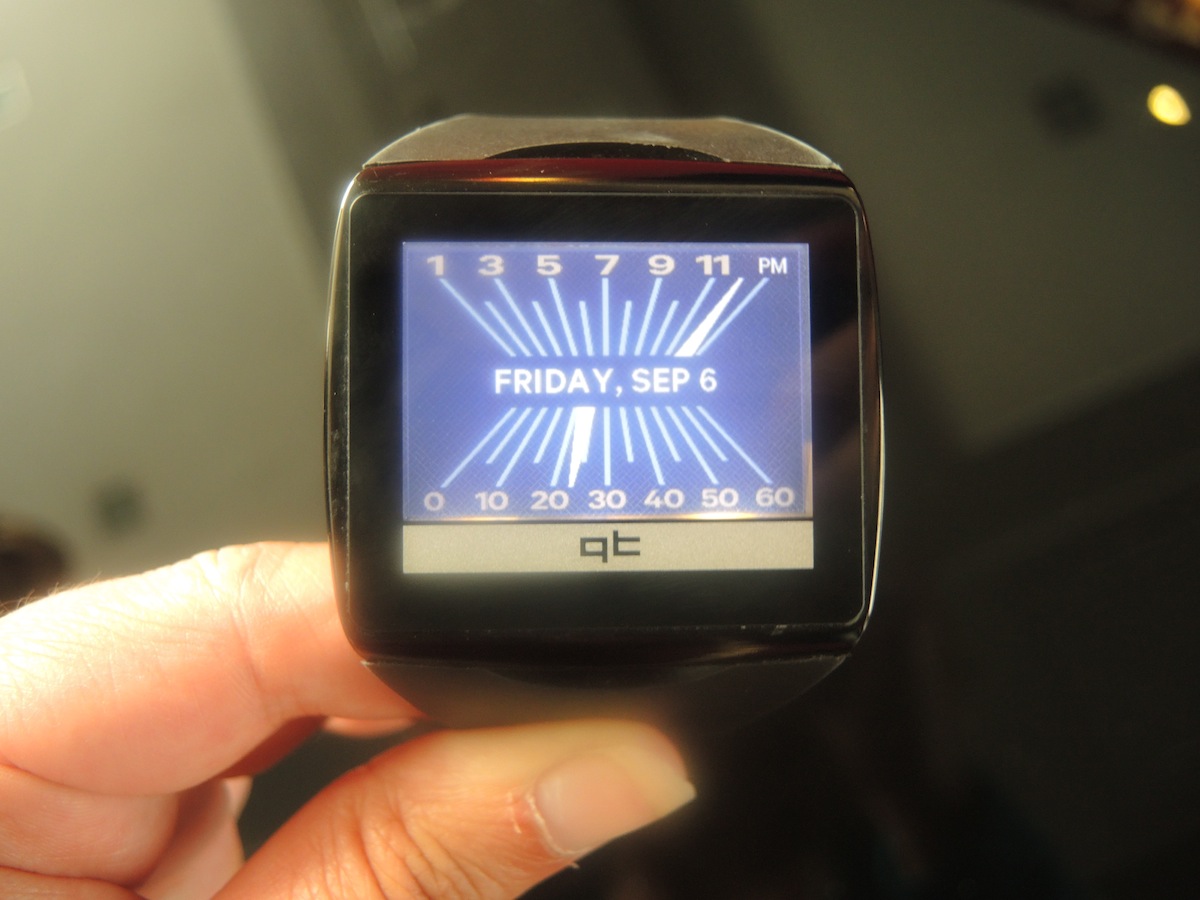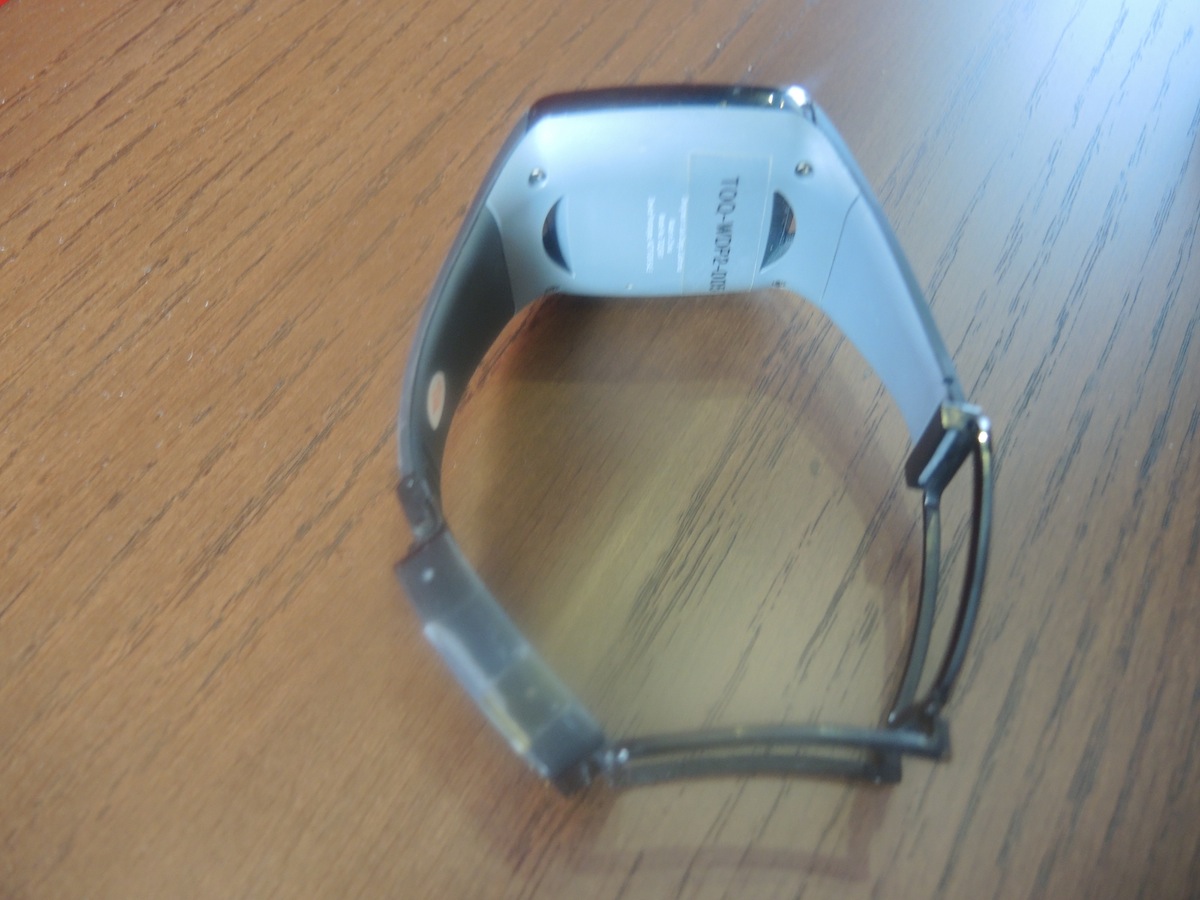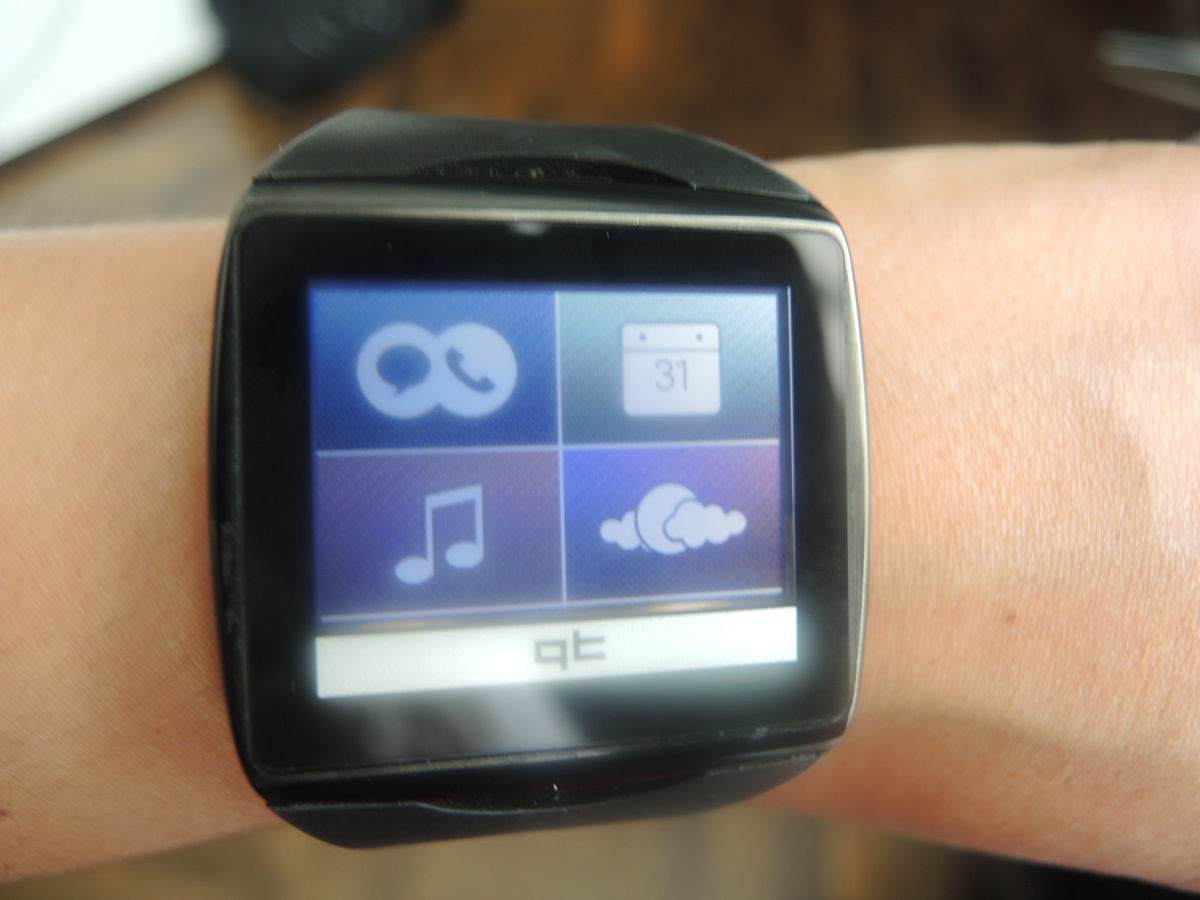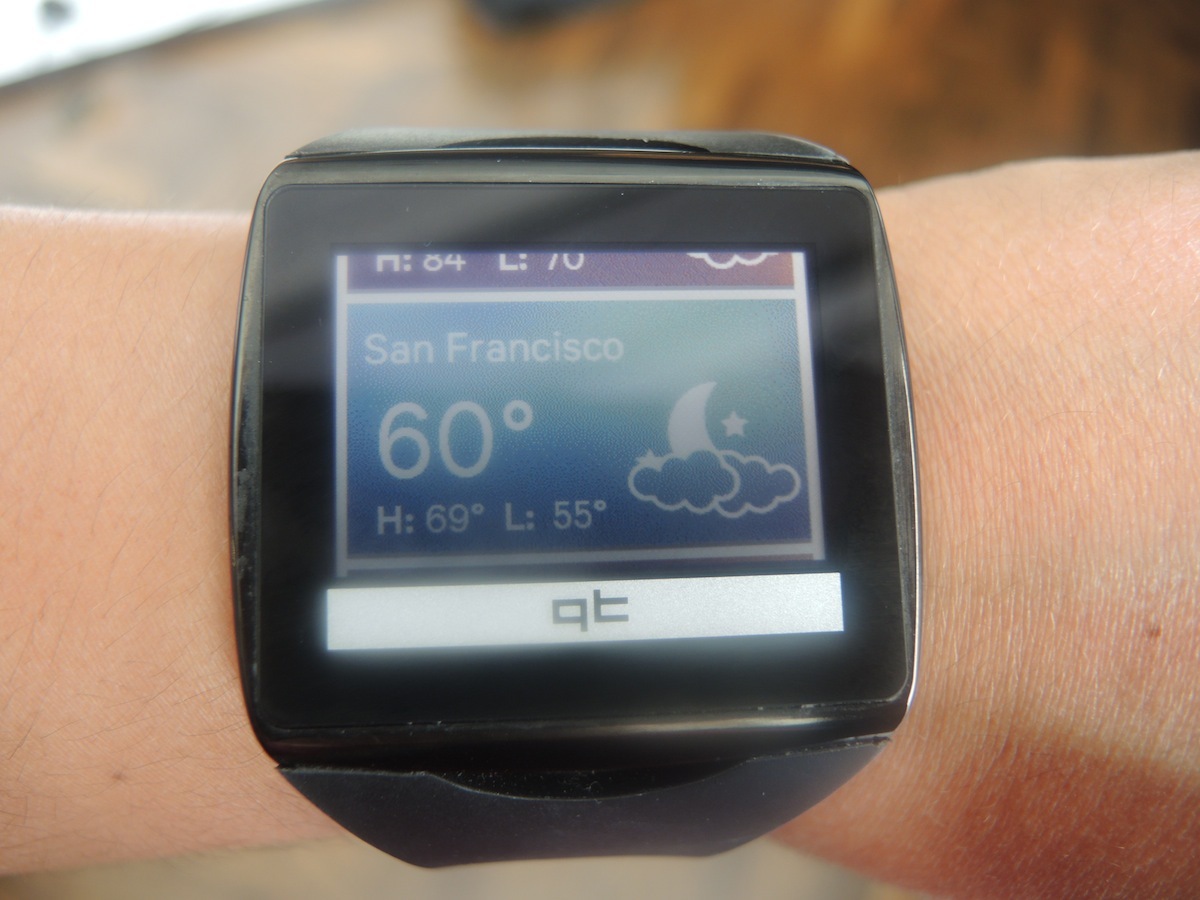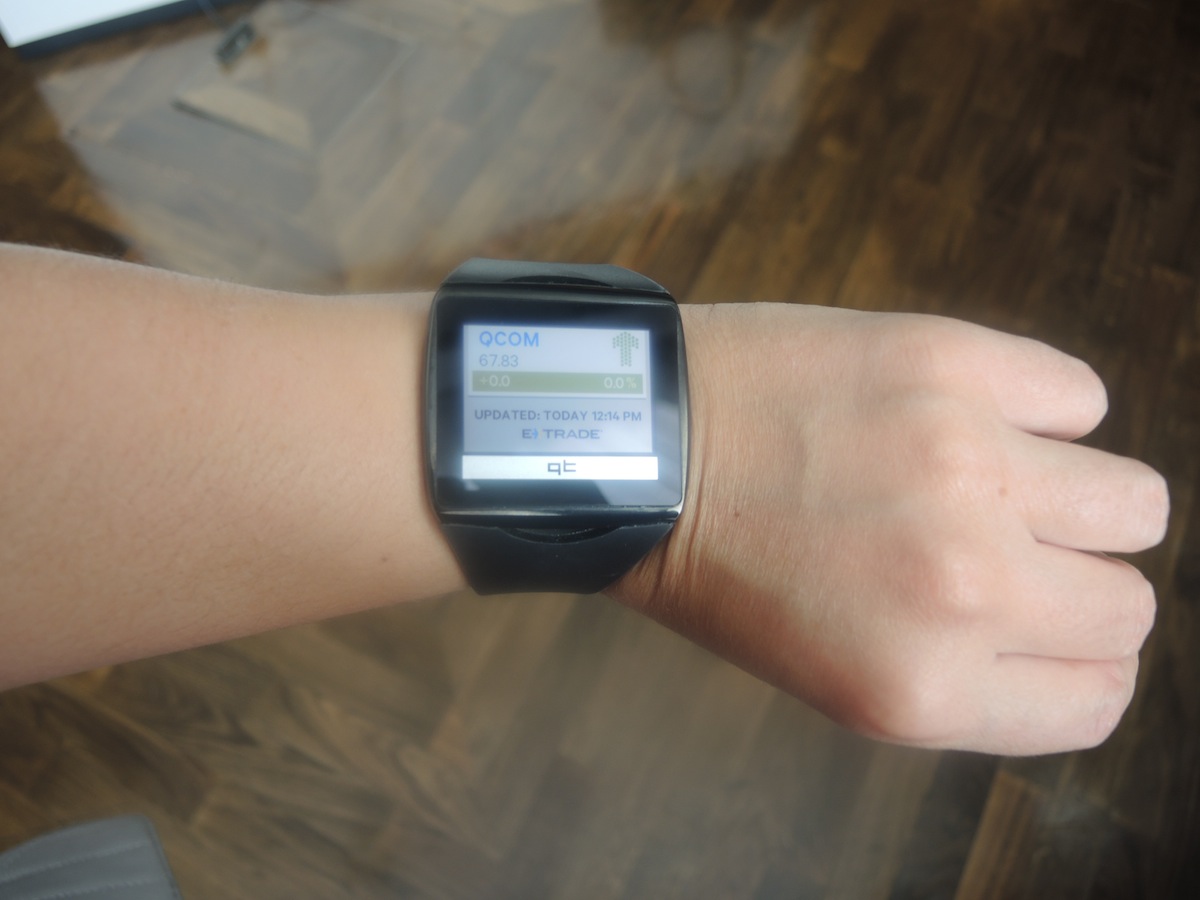Hands-on review: Qualcomm Toq gets the smartwatch basics spot-on
Samsung's Galaxy Gear wasn't the only smartwatch being shown off at IFA, chip-maker Qualcomm has had its own stab at tech wristwear – and it's lovely
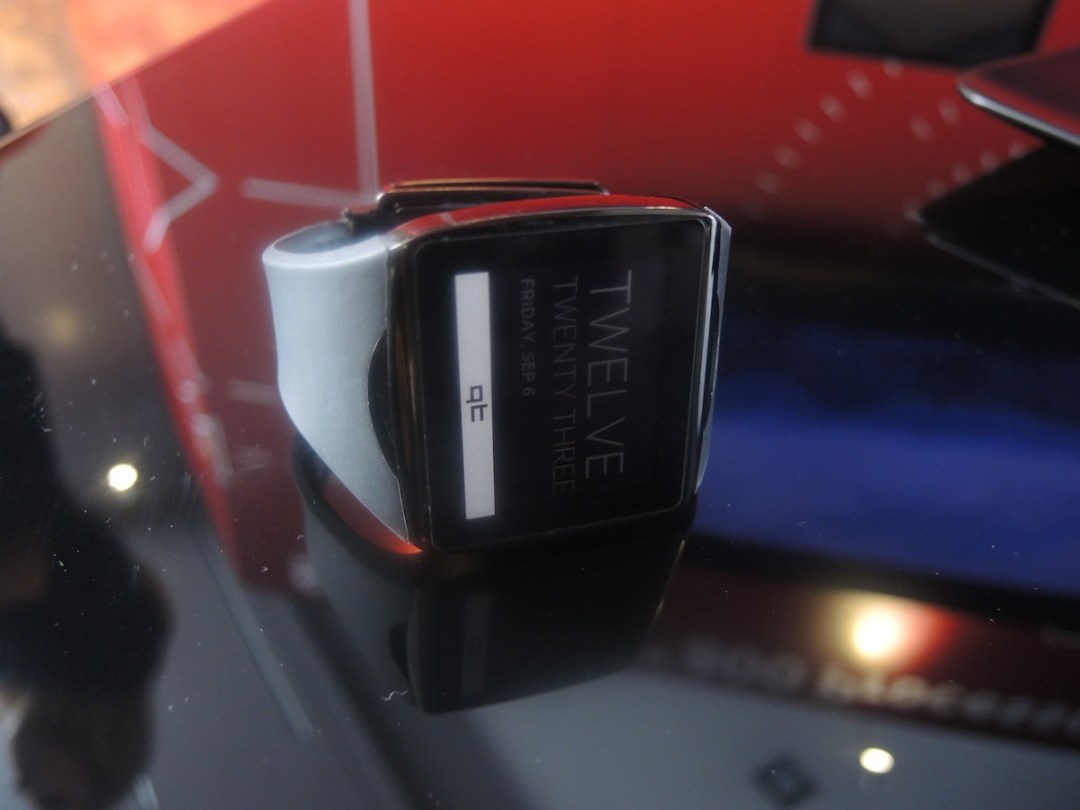
We’re disappointed with Qualcomm’s Toq, its techie timepiece being shown off at IFA, but for one reason only: it’s apparently pronounced ‘talk’ rather than ‘tock’ which is just a shameful misuse of what could have been a superb pun.
Names aside, our wrists-on time confirmed it’s a brilliant bit of kit which in many ways shows us what Samsung could have built if it had concentrated on making an incredible smart watch and not a wrist-based smartphone.
Firstly, it’s thin and light and sits flatter on the wrist than the Galaxy Gear, as any run-of-the-mill IWC or Audemar Pigeut would. That’s because the battery isn’t behind the screen, it’s actually embedded into the clasp – clever stuff. The strap is plastic and could feel more premium, sure, but this is by no means a final product and the Toq was comfortable for the duration of our demo. We don’t know the exact dimensions or weight yet but we’ll be badgering Qualcomm for the juicy specs.
We also like the two touch sensitive buttons flanking the Toq’s display – up top you can double tap to bring up the backlight which is fairly bright but no match for Samsung or Sony’s watches. Tap below the display acts as a back button to return to the homescreen – it’s quick, makes sure you don’t get lost in the pared down interface plus since you have to be quite firm, we didn’t find ourselves accidentally pressing and ending up with our icons in a twist.
Mirasol display makes gadget sense
What we love about Toq is that it’s not trying to be a smartphone: from its Mirasol display – think a colour E-Ink style display and you get the picture – to its range of second screen features and simple to use interface.
First, that screen. If you’re used to pumped up Samsung Galaxy hardware and the like, you’ll find the Toq’s display very muted. But it’s easy to read even with sunlight streaming in through the windows and crucially low power – more on that later.
So what can you do with it? Connect it to an Android device that’s running 4.0.3 or later to get going. There’s no speaker or mic for making phone calls but you can use a Bluetooth headset and also read your latest text messages on the Toq’s screen and answer calls. For instance, if you get a call, it will show up on the Toq’s screen and you can press to answer it while you rummage around in your bag for your handset.
Qualcomm’s smartwatch has a simple but slick homescreen that you can scroll through to choose between weather, your synced calendar, viewing stocks info and basic music player.
Interestingly, once Qualcomm’s Internet of Things platform AllJoyn starts rolling out and getting more devices onboard, we’ll also be able to view and respond to notifications sent from your washing machine, light bulbs, coffee machine or alarm clock on the Toq’s screen. An AllJoyn house would be the perfect accessory to the Toq smartwatch – we just need Qualcomm and everyone else to make it happen.
Proof of concept? Somebody needs to build this
OK so we’re being a bit unfair, gushing over the Toq when we know that you may never be able to get your hands on one. That’s because Qualcomm itself isn’t about to start making and selling smartwatches – Toq is a proof of concept meant to push manufacturers in the right direction of using Mirasol displays in this kind of device.
Samsung’s Galaxy Gear has gone down the OLED route making for much shorter battery lives of around a day at best. Qualcomm reckon the Toq’s battery will last three to four days between charges with juice coming via a wireless charging dock and taking less than two hours to return to full power.
If you like what you see, there’s hope. We heard talk of Qualcomm selling a limited number of final versions for around the US$300 mark later on in 2013 – we’ll sound our gadget klaxons as soon as we hear anything more concrete than that.

